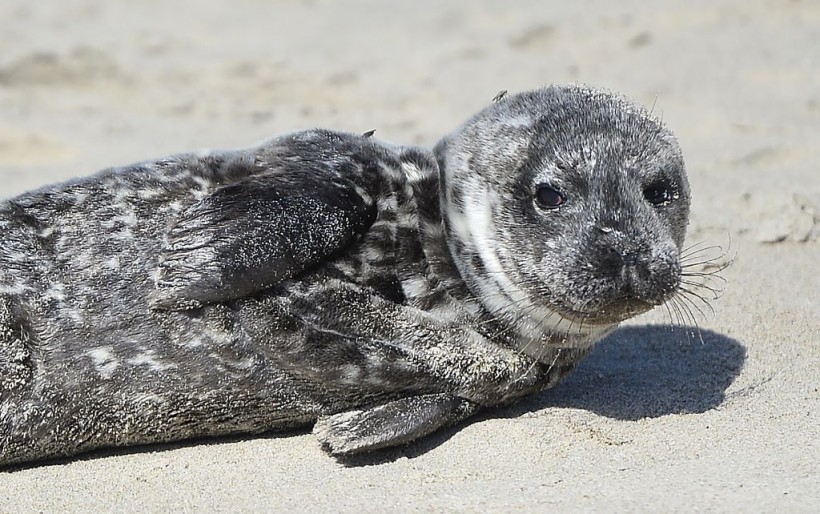Computer monitoring programs are helpful and reliable in counting the population of deals, according to the latest research findings that monitored two seal major species in the Wadden Sea.
Monitoring efforts are crucial to save species from potential decline. According to reports, the seal population has suffered from different threats:
- Climate change
- Rapid ice loss
- Water pollution
- Human disturbance
- Plastic pollution
Climate change can drive the rapid loss of ice for seals. Meanwhile, extreme weather events could impact the pupping grounds of grey seals, which could likely become swept by large waves.
Monitoring Seal Population Amidst Climate Change Threat

Harbor sea. The latest findings showed that computer monitoring efforts are crucial to counting the seal population amidst the threats of sea ice disappearance and climate change. In the Wadden Sea, it is home to different seals, including Harbor and gray seals. Recently, experts have monitored the said species using aerial photographs. In an effort, the researcher aimed to use a computer program to count the seals in the region.
As a result, marine biologist Jeroen Hoekendijk developed a monitoring concept to protect seals from population loss. Hoekendijk explained that artificial intelligence (AI) could help to monitor the climate change effects on marine animals.
The researcher at the Royal Netherlands Institute for Sea Research and Wageningen University & Research is expected to defend his thesis "Through the Looking-Glass: Marine Mammal Monitoring in a Changing World."
In the Wadden Sea, it is home to different seals, including Harbor and gray seals. Recently, experts have monitored the said species using aerial photographs. In an effort, the researcher aimed to use a computer program to count the seals in the region.
Furthermore, satellite imagery could help for better recognition. The program will be helpful to check and understand the animals' behaviors amidst the problem of hotter temperatures.
According to the report, the computer will be trained to recognize seals that can count seals in larger numbers. However, the climate change threat and rapid ice loss could make it more challenging for seals to survive.
Entangled Sea Finally Saved From Plastic Ring
In the recent NWN report, rescuers saved a seal, named Commuter, that was entangled with a plastic ring on the United Kingdom coast. The animal had suffered from plastic entanglement for about six years before finally being freed.
Marine pollution has been a continuing threat to many species in the oceans exacerbated by fishing gear entanglement. Plastic debris could also impact the animals' health. The sharp plastic shards can damage their organs or digestive systems, and they could likely die or struggle to live.
More About Seals in the Oceans
Recent findings revealed that there are about 30 species of seals globally. They can survive underwater or on land. To look for potential food, seals can quickly swim and target small marine animals, fish, or crustaceans.
Seals may move slowly on land, but they could reach depths of about 2,400 meters despite the freezing temperatures.
Related Article: Penguin's Death Suspected As H5N1 Case In Antarctica; Experts Worry About Potential Impact Of The Disease
For more similar, don't forget to follow Nature World New
© 2024 NatureWorldNews.com All rights reserved. Do not reproduce without permission.

![Tsunami Hazard Zones: New US Map Shows Places at Risk of Flooding and Tsunamis Amid Rising Sea Levels [NOAA]](https://1471793142.rsc.cdn77.org/data/thumbs/full/70325/280/157/50/40/tsunami-hazard-zones-new-us-map-shows-places-at-risk-of-flooding-and-tsunamis-amid-rising-sea-levels-noaa.jpg)



